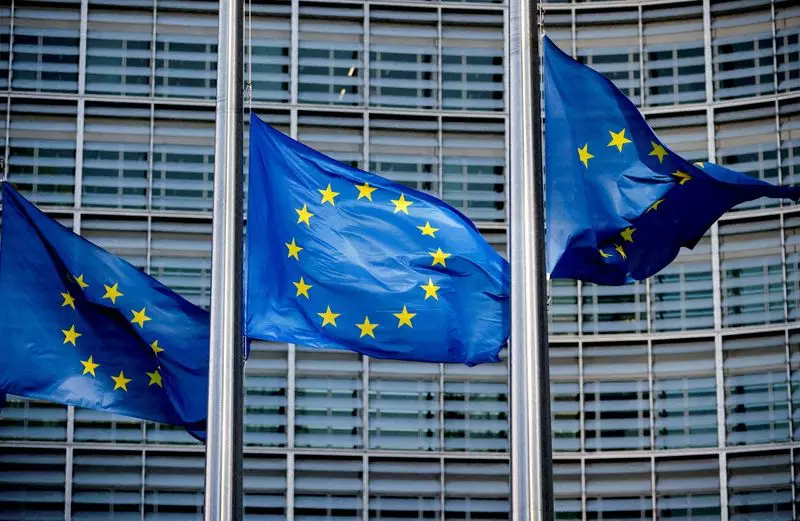In the face of growing competition from global powers such as the United States and China, European Union (EU) finance ministers are re-evaluating their approach to funding critical investments in the green and digital sectors. A new draft statement, anticipated from the EU finance ministers, advocates for a paradigm shift where private capital takes precedence over public funding. This shift is driven by the need for an estimated €800 billion, or about 5% of GDP, annually to keep pace with economic rivals while addressing climate change.
The vision laid out in the draft signifies a move towards leveraging public funds as a tool to attract private investment rather than relying on state finances exclusively. This strategic approach emerges from a recognition of the limitations posed by current public fiscal constraints. The statement articulates a clear message: “At a time when public finances have been affected by multiple crises … the necessary investment should come primarily from private sources.” By framing public money as a catalyst in investment projects—particularly in high-risk areas—the EU hopes to stimulate a healthy influx of private funds into essential infrastructure and services.
Addressing the significant investment gap crucial for the EU’s transition to a net-zero economy and advancing digital innovation requires comprehensive reforms in the capital markets. The proposal underscores the importance of developing frameworks that facilitate private investments in sectors where risks are mitigated through strategic public funding. This model not only aims to enhance financial stability but also to generate positive externalities, yielding benefits above and beyond the original investments.
The principled focus on creating efficient capital markets will, ideally, enhance the attractiveness of investments in the EU. However, potential challenges lie in balancing the interests of various stakeholders, ensuring that adequate returns are achieved without compromising the economic and social objectives central to the EU’s strategic ambitions.
Despite the emphasis on private investment, the draft also highlights the persistent necessity for public financing, particularly for European public goods. These include essential services and infrastructure that benefit citizens across the bloc, such as cross-border energy grids aimed at enhancing sustainability and economic resilience. The document keenly states that while private initiatives are crucial, the contribution of public financing remains vital, particularly in delivering common goods more effectively.
As the EU budget stands at approximately €1.2 trillion over a span of seven years, the challenge remains in maximizing its impact. Countries like Germany have expressed reluctance towards more extensive joint borrowing, especially after the elevated public debt incurred during the COVID pandemic. This tension represents a fundamental obstacle for EU integration and collaboration in financing critical projects that mandate broad consensus.
The development of cross-border electricity grids exemplifies one area where a joint public-private partnership could yield significant dividends. Not only would well-functioning energy infrastructure lower electricity prices, enhancing business competitiveness, but it could also minimize fiscal pressures arising from energy subsidies. The proposed infrastructure initiatives are framed within the broader context of ensuring a stable energy supply while fostering a green transition.
Moreover, efficient energy networks are not merely a technical necessity; they represent a shared European interest. The draft emphasizes that a collaborative investment in energy infrastructure stands to benefit the entire EU, supporting economic growth and sustainability objectives alike.
Europe’s journey towards a greener and more digital future hinges on an agile and collaborative investment framework. By moving away from an over-reliance on public financing and towards an active engagement with private capital, the EU aims not only to fortify its economic stance against global competitors but also to achieve its climate goals. Nevertheless, this strategy requires thoughtful implementation and seamless cooperation across member states to navigate challenges and maximize opportunities. The emerging dialogue among EU finance ministers is just one step in a critical journey towards sustainable and inclusive economic growth for all European citizens.

